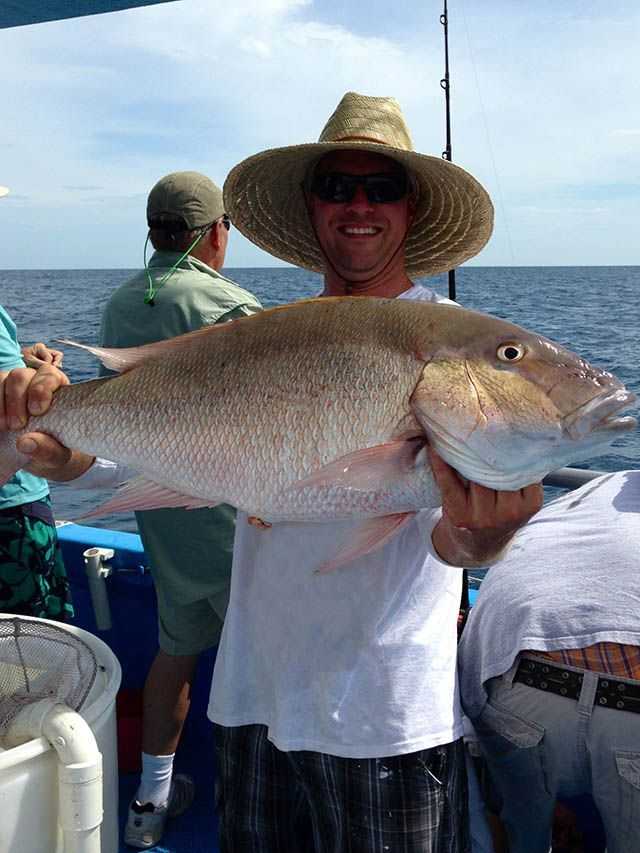
[dropcap]J[/dropcap]une will usher in the forever, Florida summer and a trilogy of weather components that can be all at once calm and inviting, and then trend towards rough and frightening. The first part of this trilogy will mostly be dominated by light winds and flat calm seas, that will create a user-friendly ocean most mornings and on into the early afternoon. As the day progresses, daytime heating and the inland convergence of the east and west coast sea breeze frontal boundaries will generate the potential for strong afternoon thunderstorms. This second part of our weather trilogy, will initiate storm movement, typically from west to east, which more times than not, possess dangerous lightning and high velocity winds that can turn a calm offshore day into a hazardous and rough ocean in a matter of minutes. The potential for these types of conditions will necessitate captains and crews to pay close attention to daily forecasts and keep a vigilant and wary eye towards the sky, especially towards the western horizon. Monitoring onboard radar can be crucial for determining directional movement and intensities of these thunderstorms and squall lines. Also, if phone service is available in one’s offshore zone (and the boat does not have an onboard radar unit), captains can access several excellent online weather Radars for the St. Lucie Inlet and Stuart area, such as NWS Radar Loop from Melbourne http://1.usa.gov/1JXpXWq and the WPEC CBS Weather app, http://apple.co/1JwQaNm, which is nice as it gives you a real time forecast as well as past, present, and future radar modeling of storm formation (and it’s free!). June also marks the beginning of the Tropical (Hurricane) Season, the third component to our weather trilogy. Close passing, tropical low pressure systems can shut down fishing for several days at a time, as they generate large, ocean swells that make conditions offshore and at the inlet quite dangerous and/or prohibitive.
Despite several, potential negative components for the offshore weather scenario this month, the overall prediction is for a quite favorable and a calm forecast. Knowing these potentials, will allow fishermen to make informed decisions concerning a day’s fishing. In June, make sure to start your offshore adventure as early as possible, to get the job done early. Large grouper and snapper will await anglers this month among the wrecks and reefs in 60 to 180 feet of water. Grouper season will be in full swing, as anglers dial in gag, black, scamp, and red grouper on the naturally occurring Eight Mile Reef in depths of 11 to 180 feet.
Jumbo mutton and mangrove snapper will be found along the southern reef line to the loran tower ledges in 65 to 75 feet of water. June will be a toasty, Meat Hunter’s month for offshore fishing. Just remember to always keep a close eye on the “hidden forces of nature” to insure a safe and successful trip.